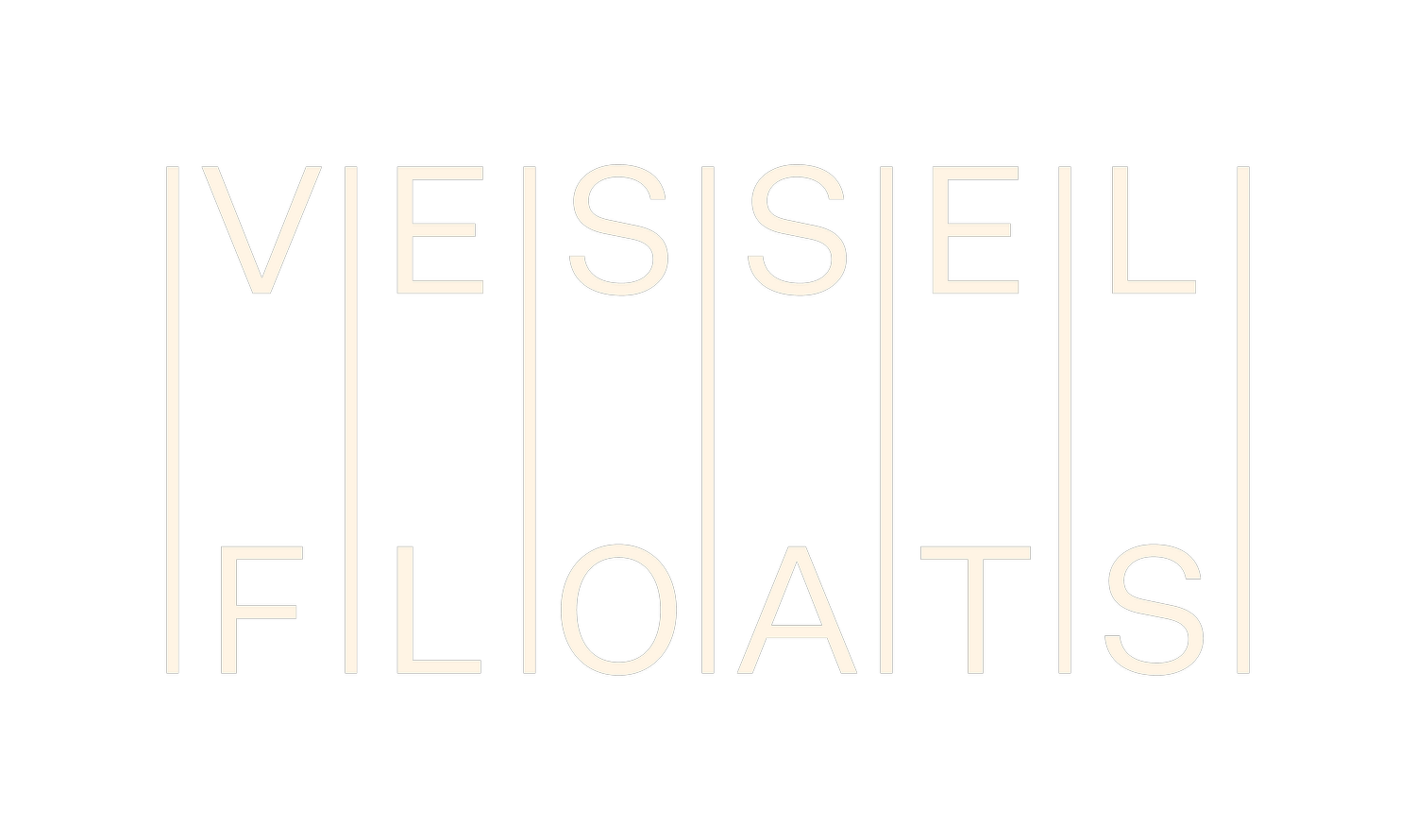Can I Still Float If I'm Claustrophobic?
In short, yes! If you're interested in trying sensory deprivation therapy, you've probably read about or even seen on TV the coffin-like pods. Though those still exist, sensory deprivation has come a long way! If you're curious about different float tank options, we've got you covered.
Floatation therapy can be enjoyed in multiple ways-- the most popular forms of float therapy are offered in float pods, float rooms (or float tanks), and open float pools. All options provide a generally similar experience of weightlessness, but they have some distinct differences that cater to different preferences and facilities.
All of these options can offer numerous benefits, including stress relief, pain reduction, and improved sleep. However, the choice between float pods and float rooms ultimately comes down to personal preference.
The goal remains the same - to achieve a state of deep relaxation and rejuvenation.
Float Pods, Float Pools, and Float Tanks - What's The Difference?
Float Pods
Float pods, also known as sensory deprivation pods or isolation pods, are compact and enclosed devices that allow for a more intimate and secluded meditation experience. The pod is typically made of fiberglass or acrylic and is filled with a saltwater solution that is heated to body temperature.
The enclosed design of float pods helps create a completely dark and quiet environment, shutting out all external distractions. The small size of the pods also enhances the feeling of being cocooned. Being enclosed in a flotation pod provides a sense of solitude.
That said, float pods may not be suitable for everyone. Some may find the enclosed space restrictive and claustrophobic, and may prefer a more open and spacious environment. Additionally, those with mobility issues may find it challenging to enter and exit the pod due to its compact size.
Open Float Pools
Open-air tanks, also known as float pools, provide a more spacious experience. They are not enclosed and have no insulation to keep out noise and light, meaning they do not offer a full sensory deprivation experience. They’re also subject to air draft, and while they aren't the best option for sensory deprivation, they do offer a spacious option for those looking to experience a sense of weightlessness.
Sensory Deprivation Tanks
Float rooms, also known as float tanks, or float cabins, are our float environment of choice. They offer a more spacious and open experience compared to float pods, while maintaining a sensory deprived environment. These rooms are typically larger and can accommodate individuals who prefer a bit more freedom of movement during their float sessions. In fact, we at Vessel are home to 6 float tanks! In our opinion, float tanks offer the best of both worlds - a more intimate and secluded experience, while still remaining comfortably spacious. By being an entirely enclosed space, they are designed to block out all external light and sound, creating a true sensory deprivation environment. With 8' high ceilings, it’s much easier to feel a sense of openness for optimal comfort and relaxation.
Our rooms are also equipped with lights that can be adjusted according to your preference, allowing for a customized sensory experience. You can even opt to leave the tank door open if you find it more comfortable!
One of the primary advantages of float rooms is the sense of freedom they provide. The larger space allows for more movement and the ability to stretch out comfortably during your float session. This can be particularly beneficial for individuals who may feel confined or uncomfortable in smaller spaces.
The spacious design of float rooms also makes them suitable for individuals with mobility issues or those who require assistance during their float sessions. The ease of entry and exit, as well as the ability to accommodate additional support equipment, makes float rooms much more accessible for a wider range of people.
Your Personal Float Therapy Experience
Different float environments offer unique experiences and all have their own advantages and disadvantages. The choice, like the experience itself, is highly personal and ultimately comes down to your personal preference. Don't be afraid to try different facilities and tank types to see what works best for you!






